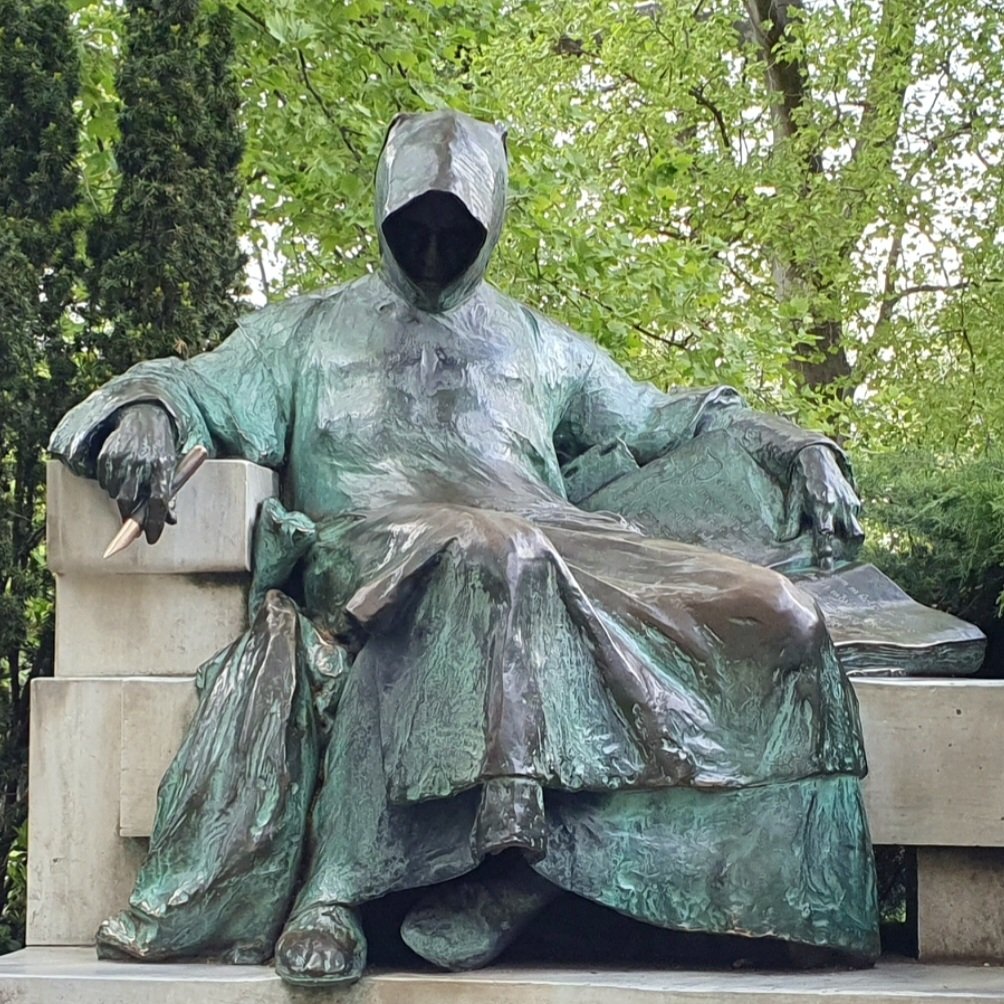In this article we will continue our journey on the outer side of the ancient walls of the old town of Cluj. We will start from the western area, go by the town hall, then pass through Lucian Blaga square and follow the Avram Iancu street that goes just outside the ancient wall.
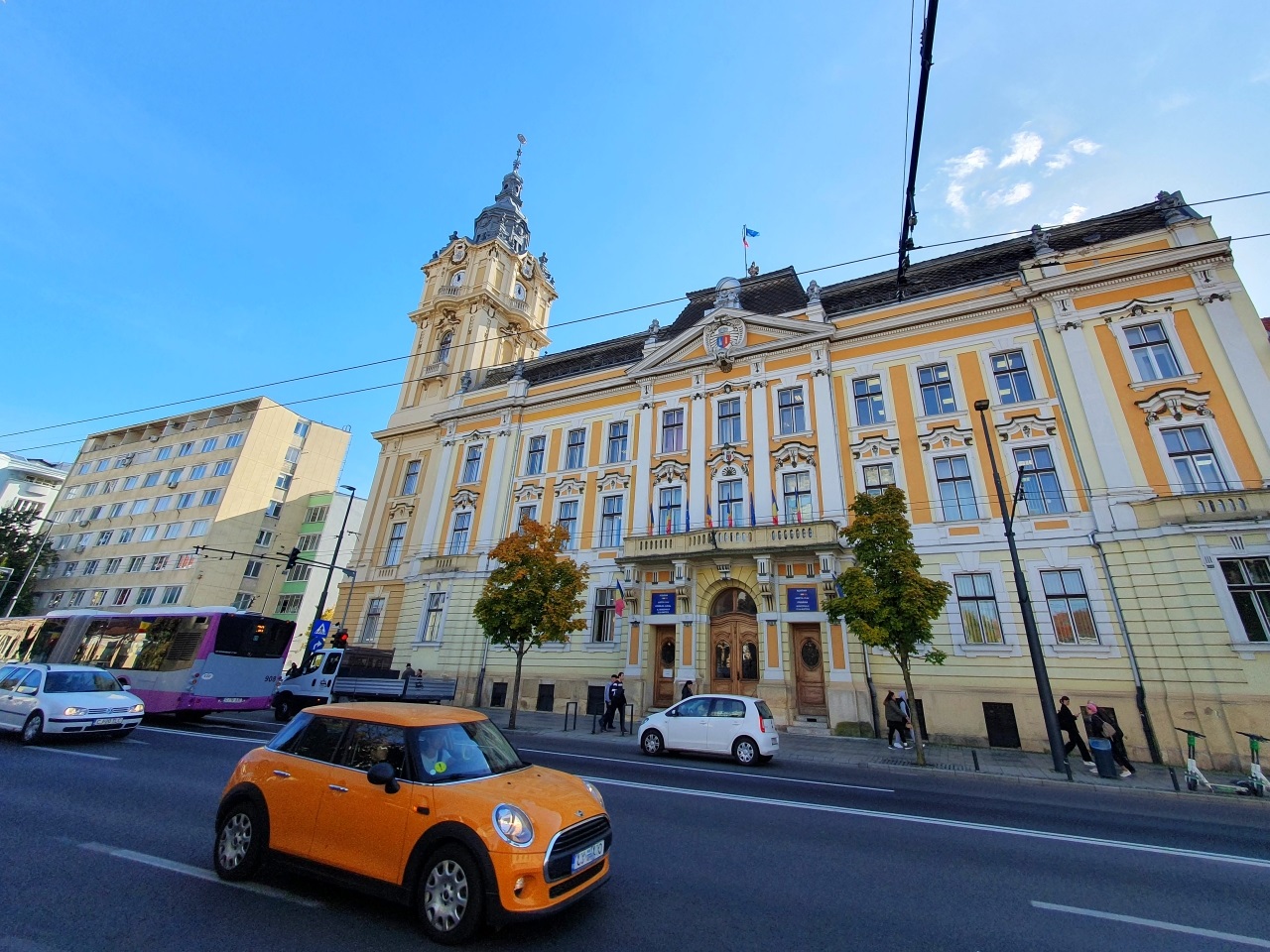
The Cluj Town Hall was built in 1896 in the eclectic style. It was initially the seat of Cluj County (the County Hall), then the prefecture. It became town hall in 1991.

When I first came to Cluj in 2000, it was a closed city, ruled by an extremist-nationalist mayor, who constantly fed the historic division between the Romanian majority and the Hungarian minority in Cluj and in Transylvania in general. Since the departure of this mayor, the city opened up to what it is today, a true capital of Transylvania. The current mayor has been elected several times and has also served as the prime minister of Romania, which has probably made a difference for the city.

I was lucky to visit the city during the fall, when the yellow leaves add a bit of charm to the streets.
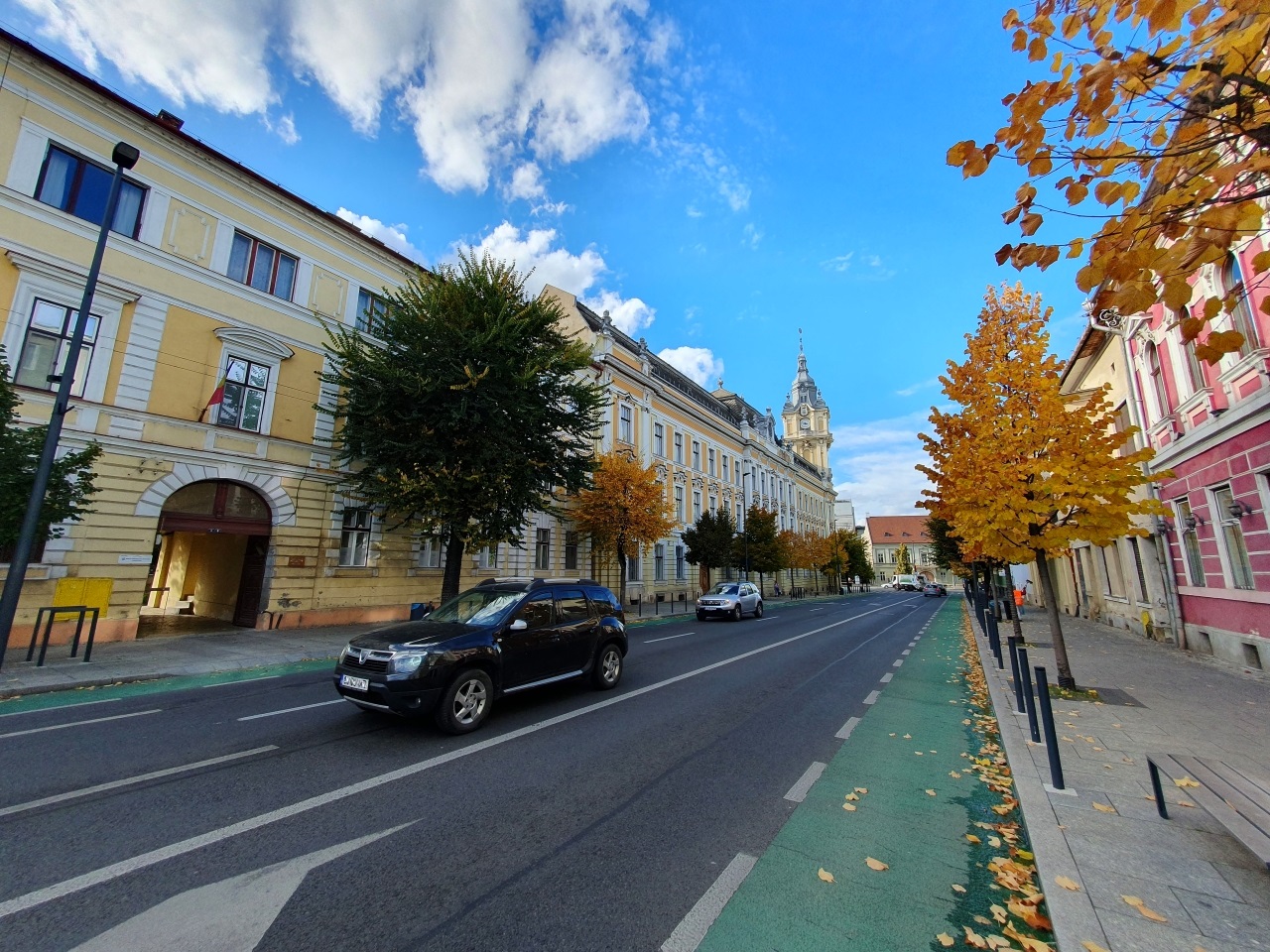
This is the Petru Maior street, connecting the town hall with the Lucian Blaga square.
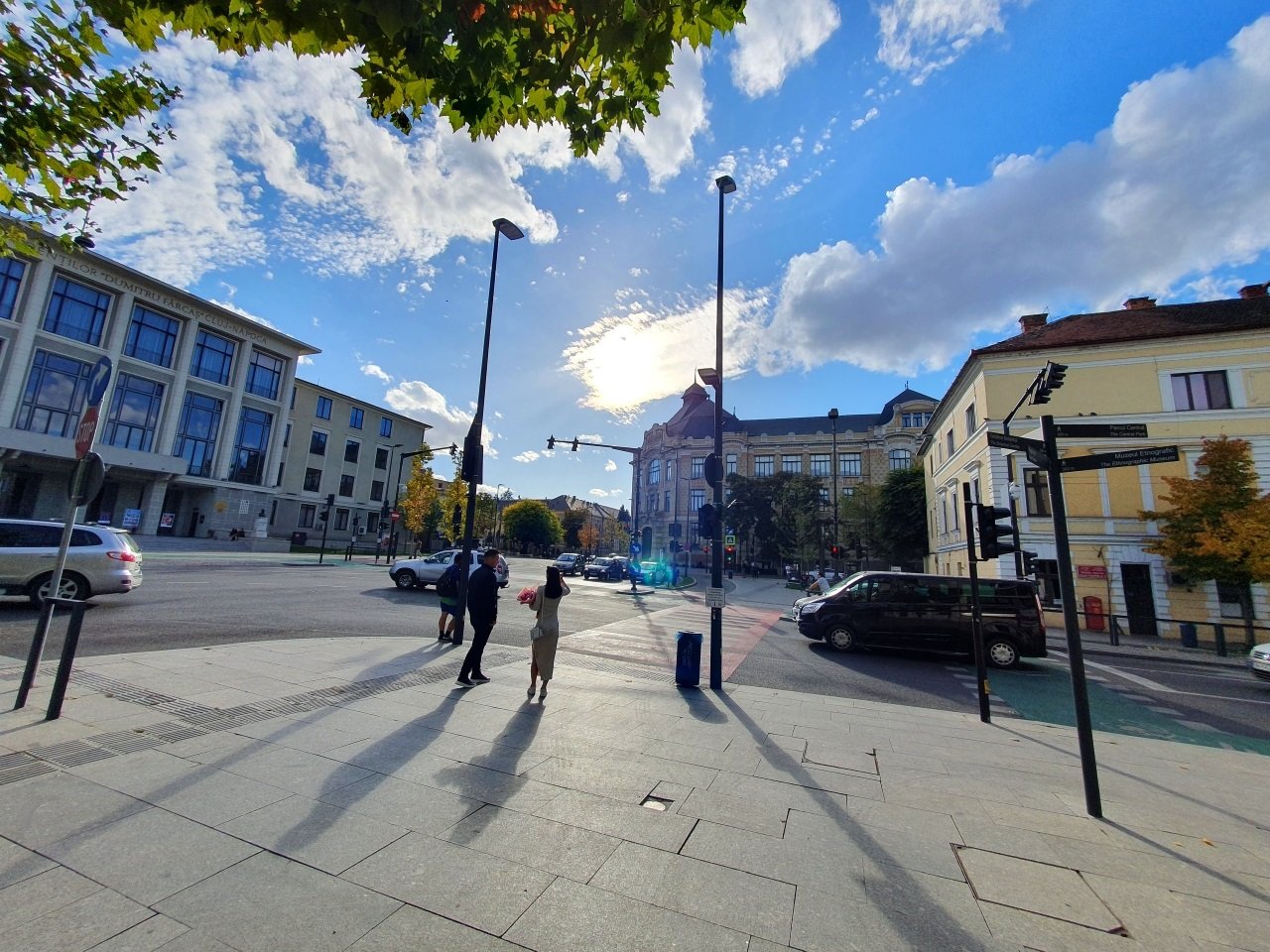
And here is the square, with the Students’ Cultural House to the left and the Lucian Blaga Central University Library in the center. The University Library was founded in 1872 at the same time as the university. The building was built in 1909 in the Art Nouveau style. To the extreme right of the image is one of the postal offices in the city centre.
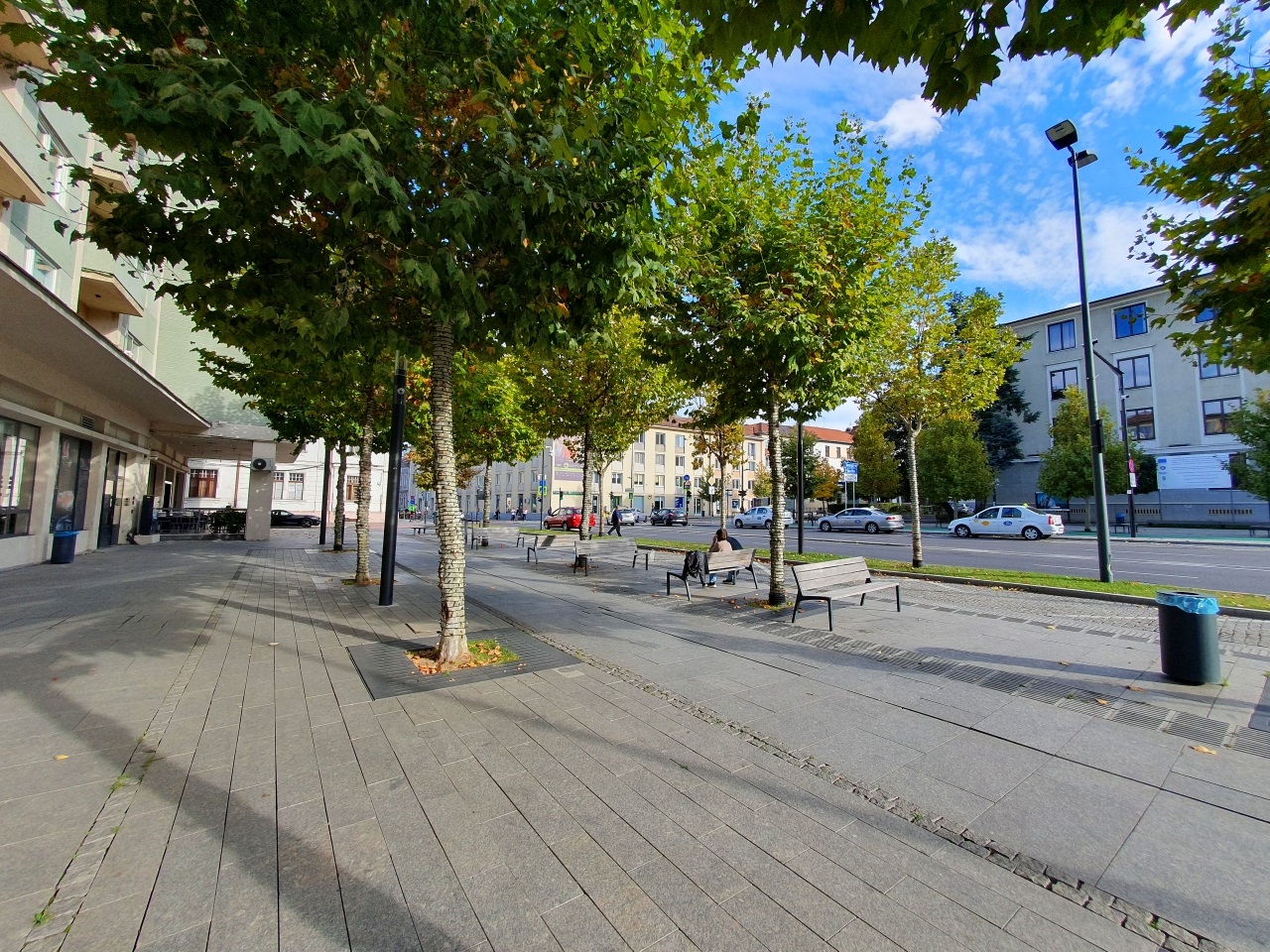
The other side of the square, with the ancient Croco area (in the 2000s there was a restaurant there and a taxi stand, and everybody knew the place).
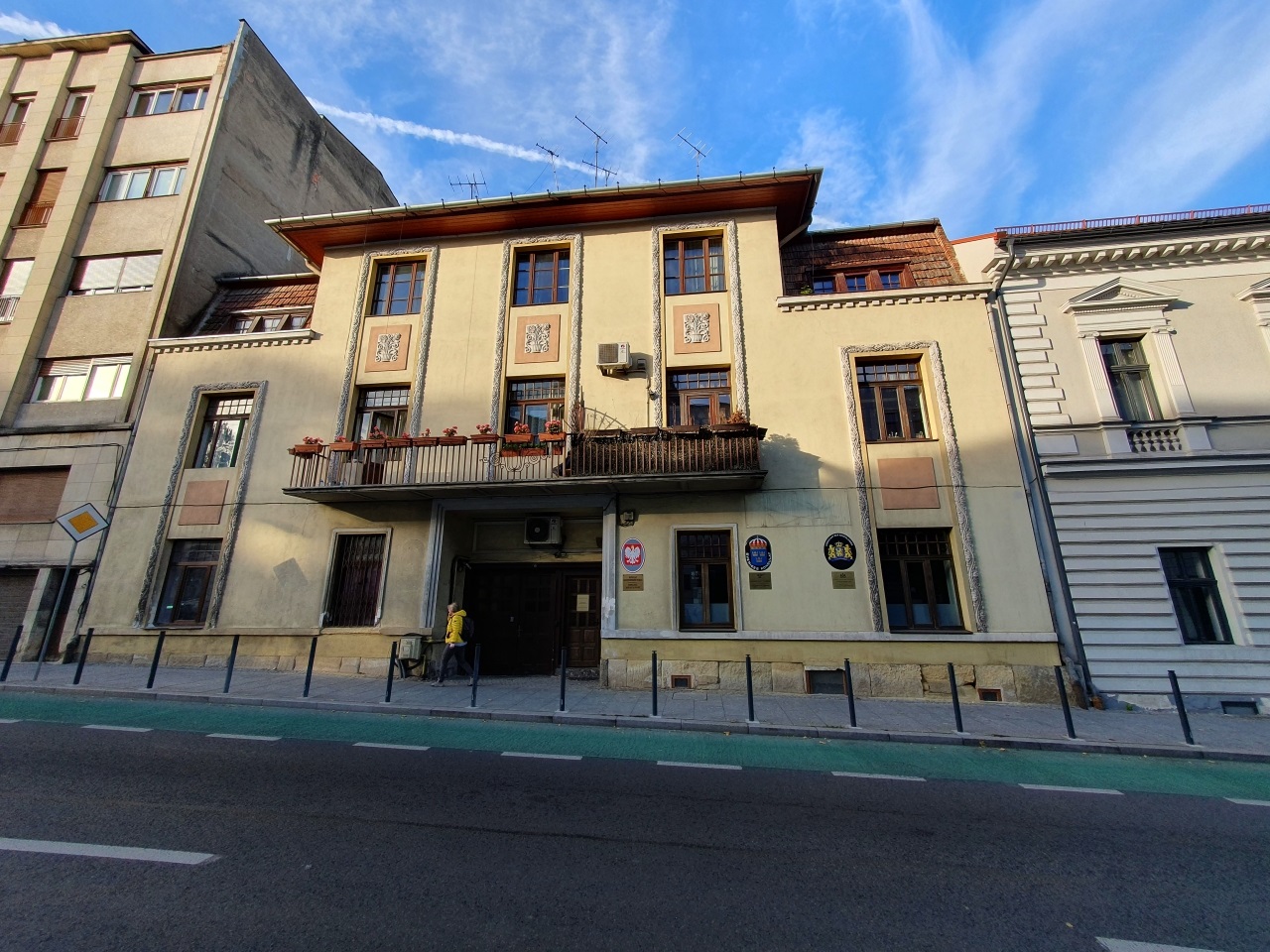
During the last years, Cluj has become quite cosmopolite. This is both a good and a bad thing. Here is Republic’s Street with a building hosting 3 consulates: Poland, Sweden and the Netherlands.
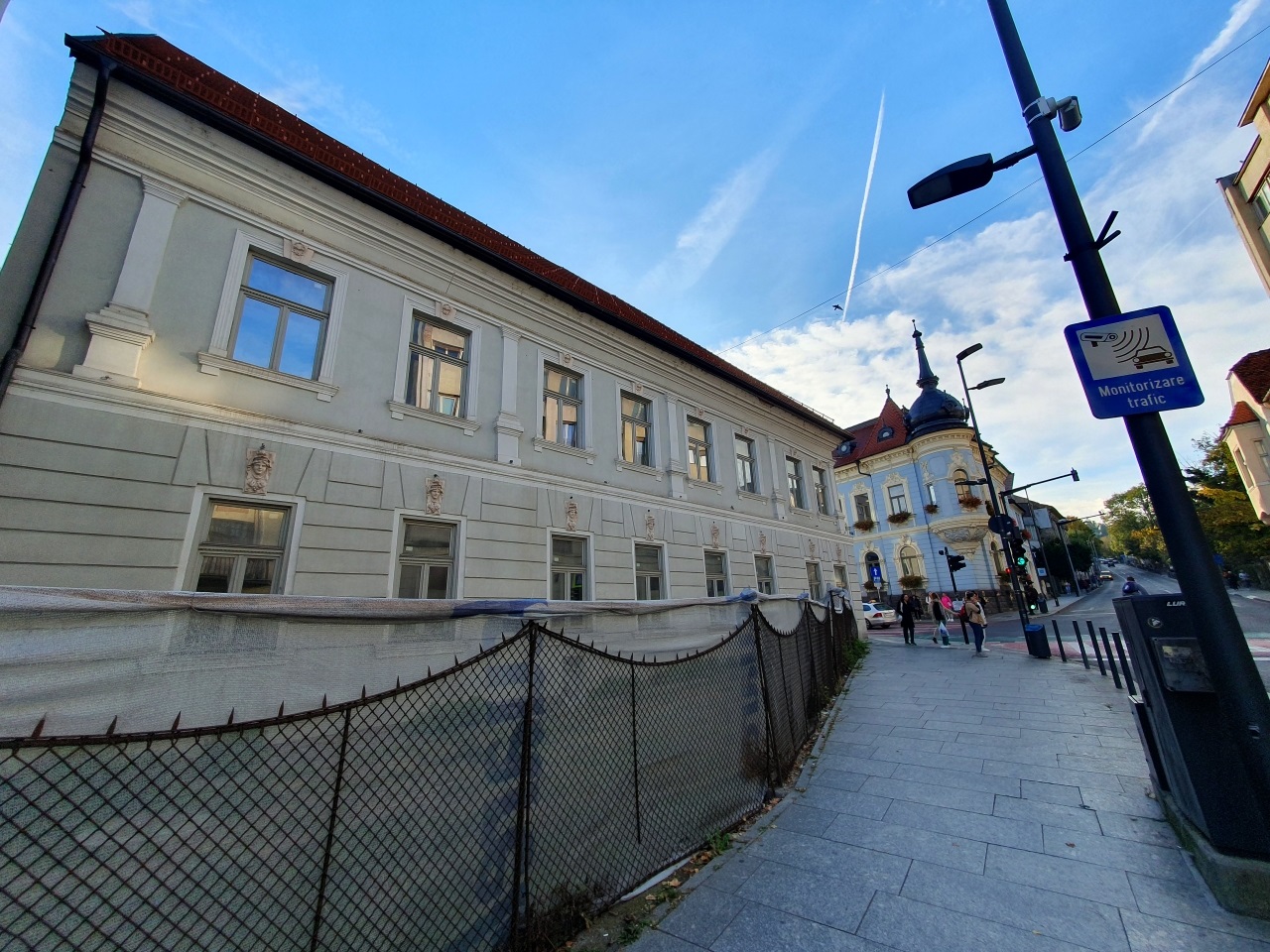
Across the street is Bogdanffy House (to the left, practically glued to the ancient corner and tower of the old fortress wall – Shoemakers’ Tower or Bastion) and the Academy Headquarters of Cluj (the blue building). The road to the right goes to where I lived while in Cluj; I was fortunate to live in the center and know it well.

The Academy building once again, while entering the Avram Iancu street and following the ancient wall.
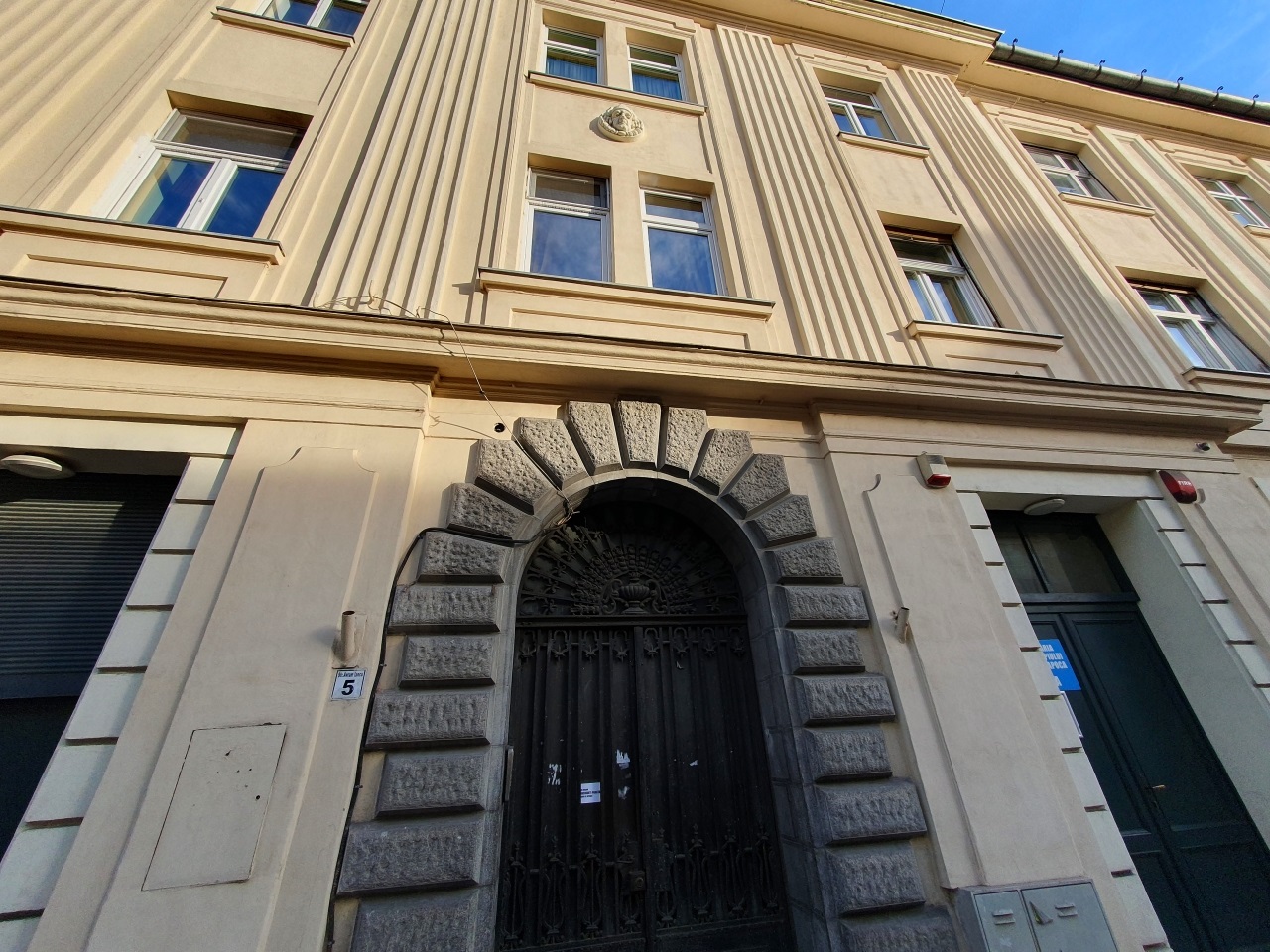
A lot of architecture… the archives…
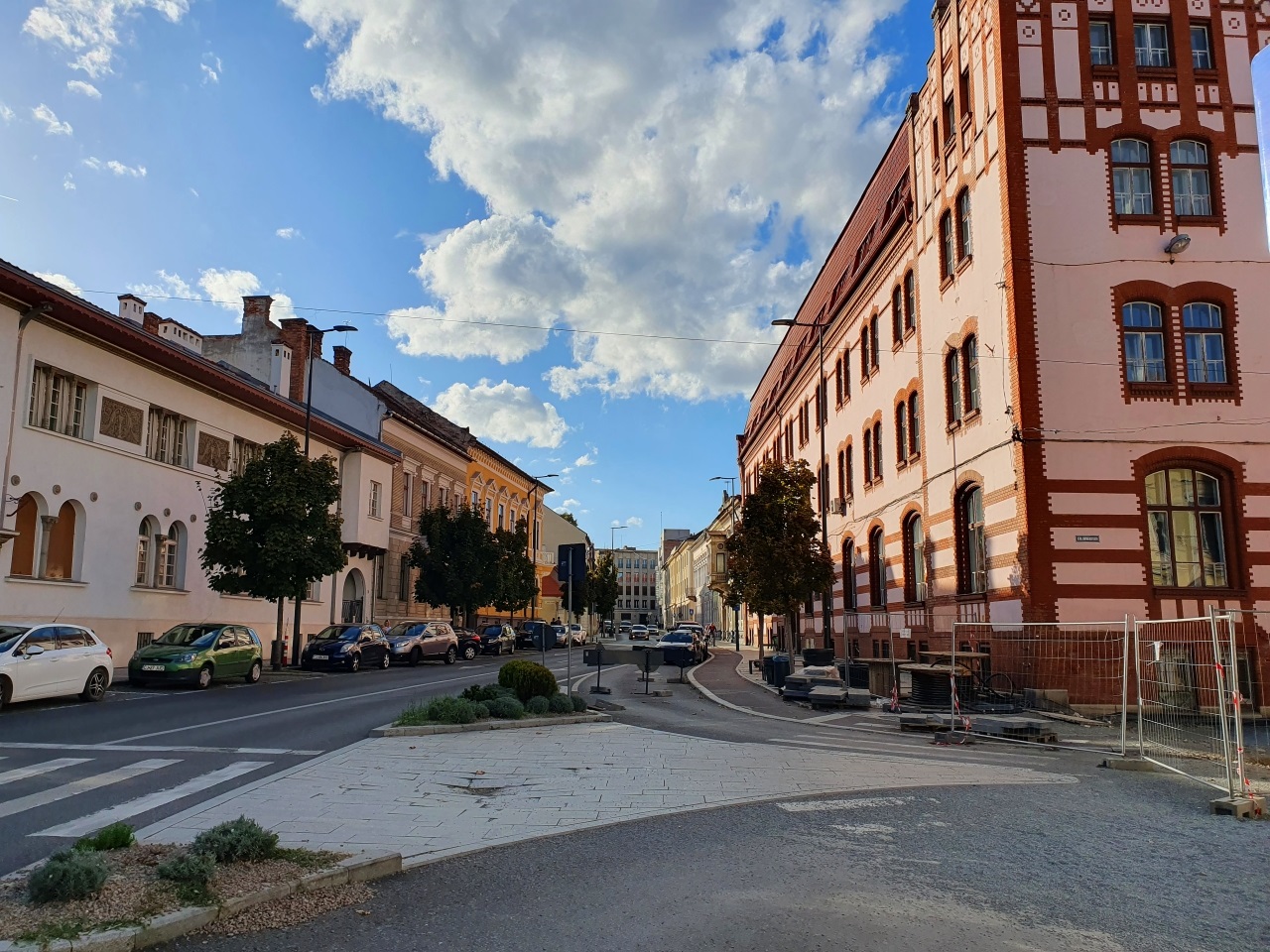
Here is the Orthodox Theological Seminary (to the left) and the Faculty of Law (to the right).
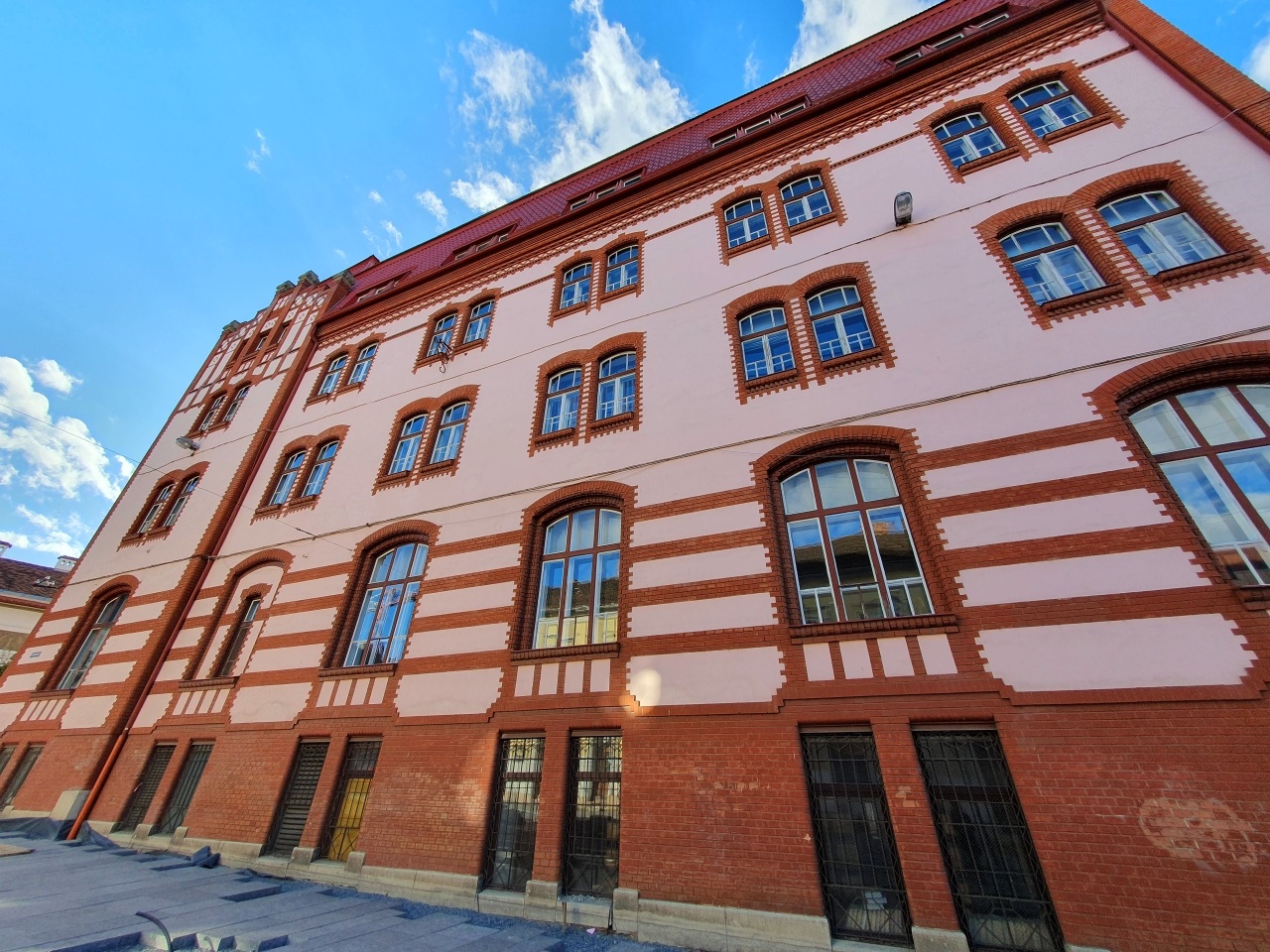
The Faculty of Law has a distinctive red façade. It is next to the ancient Clothers’ Tower.
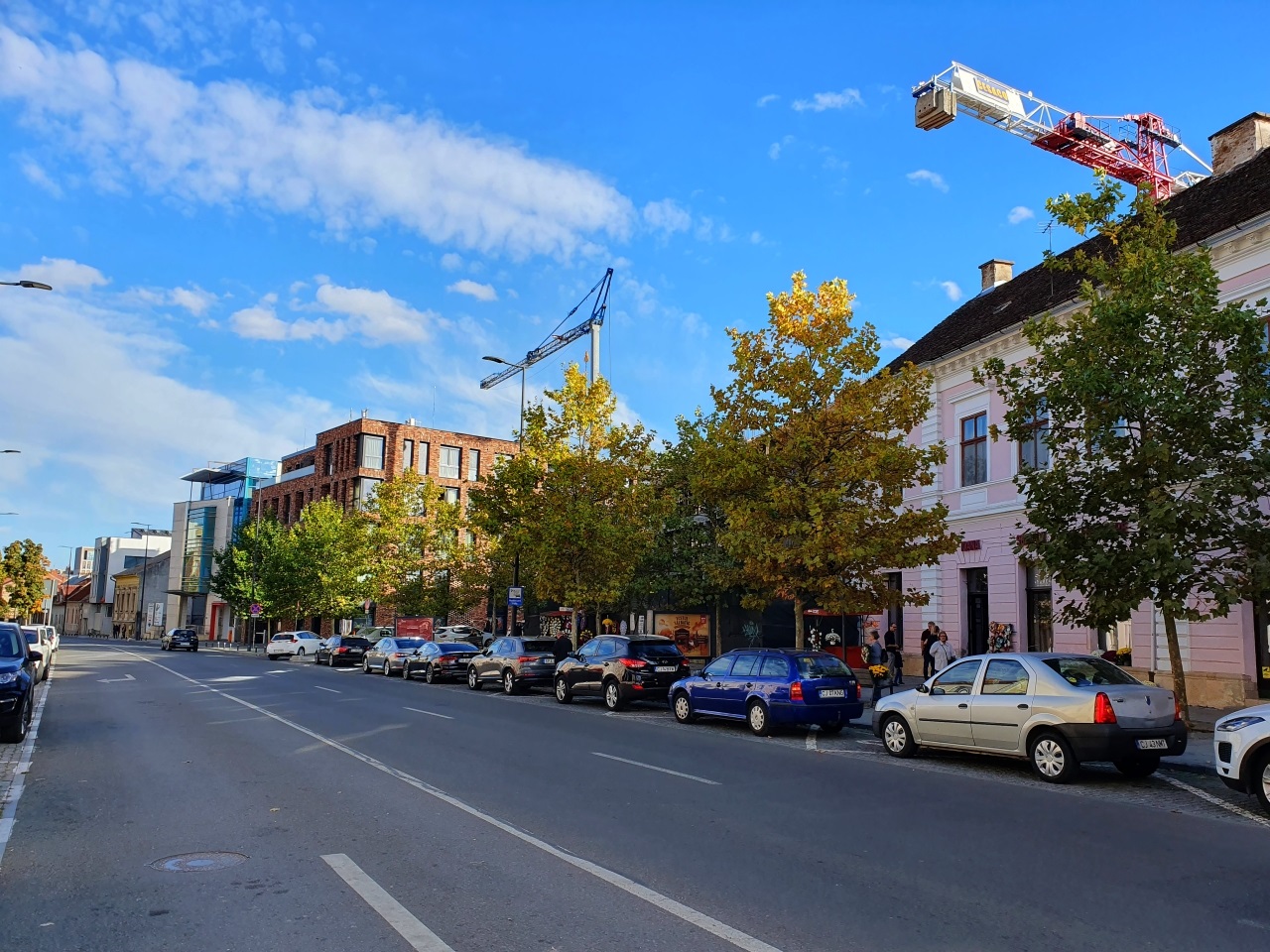
Continuing on the street, we can see the former Biazini Hotel (to the right), built in 1837 and considered the most elegant hotel in Cluj before the Continental Hotel was built in the main square. In the center of the image is the entrance to the Hajongard Cemetery (the main cemetery of Cluj).
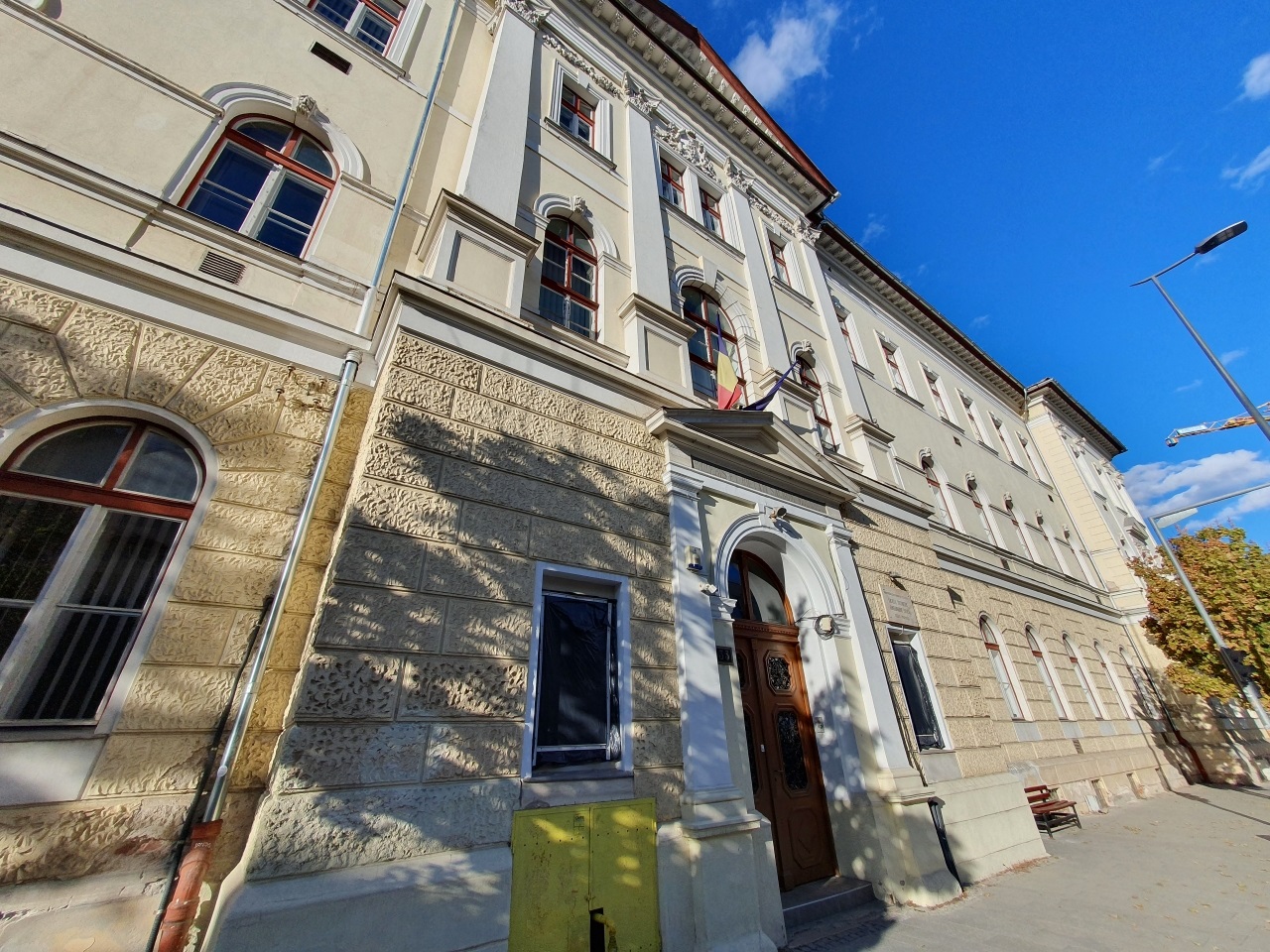
Approaching the end of Avram Iancu street, we encounter the Gheorghe Șincai National College, former Calvinist College built in 1902.
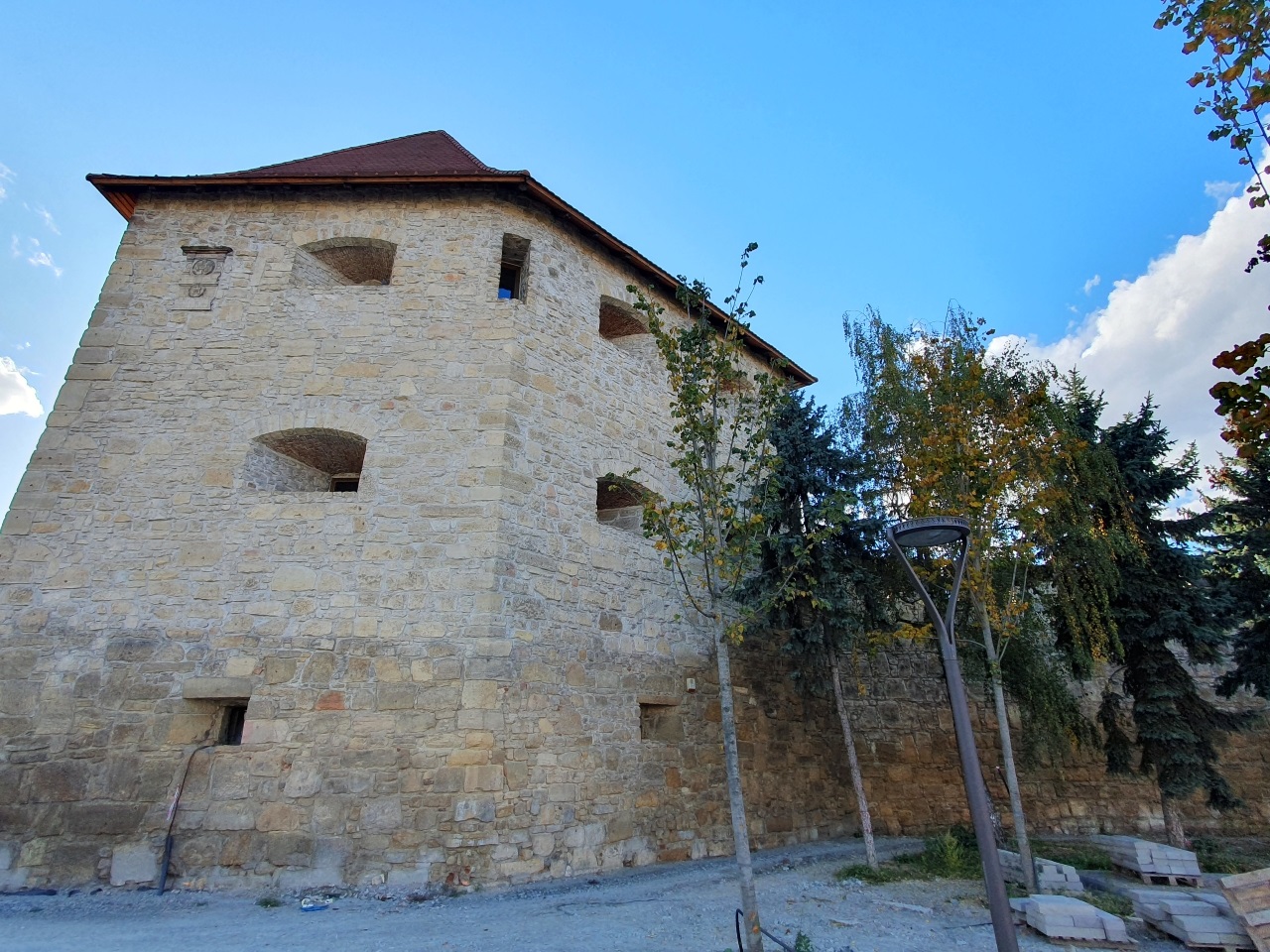
And here we are at the Tailors’ Bastion which forms the south-east corner of the ancient Cluj fortress. It was first mentioned in 1475 and is rich in history.
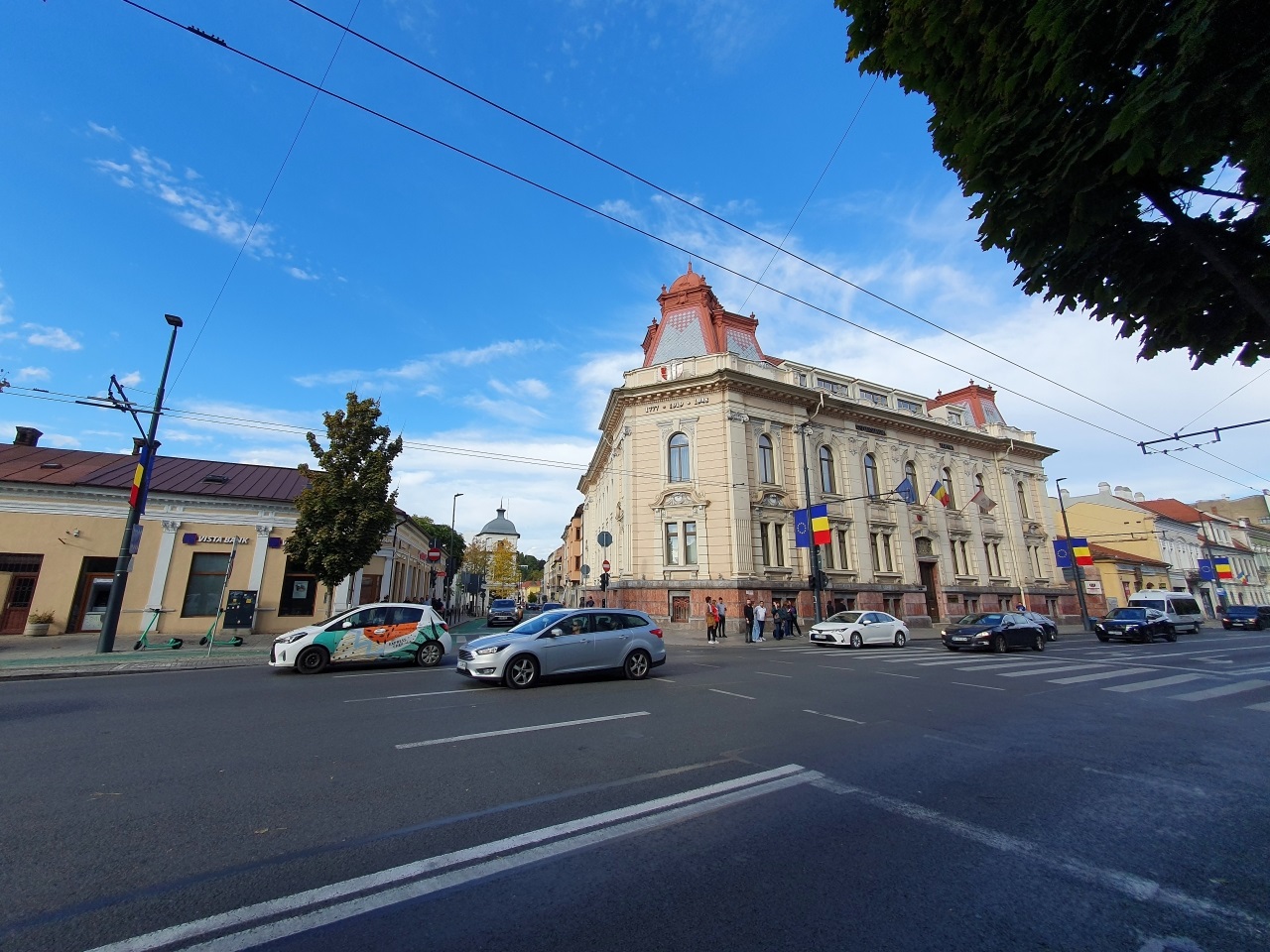
So as to continue our journey, we have to jump back to the town hall and follow the Memorandum Street. Here is another building of the Technical University of Cluj, on the corner with Emil Isaac Street. It is actually the former headquarters of the Austro-Hungarian Bank, built in 1904.

The Ethnographic Museum of Transylvania is an important spot in the city, the former 18th century White Horse Inn, the most important inn in Cluj at that time. It’s a historic place because here, in 1848, the Parliament of Transylvania proclaimed the reunion with Hungary. The same thing happened again in 1865. Yet, Transylvania remained part of Romania in the end. A burning conflict between the 2 ethnic communities still persists today, despite hundreds of years lived together.
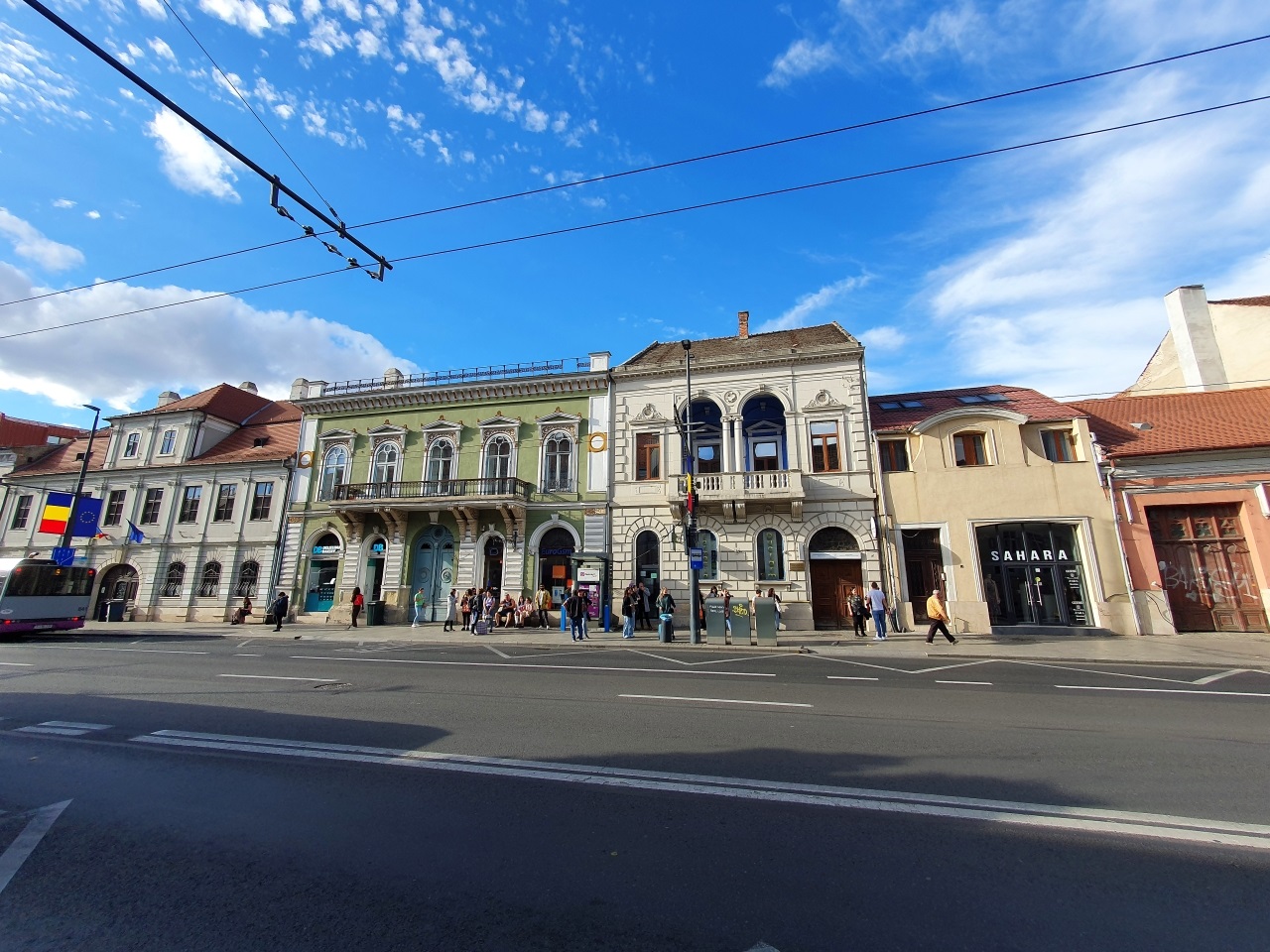
Memorandum Street with many historic houses.

The Palace of Mikes János (in the center), built in 1846 in the neoclassical style.
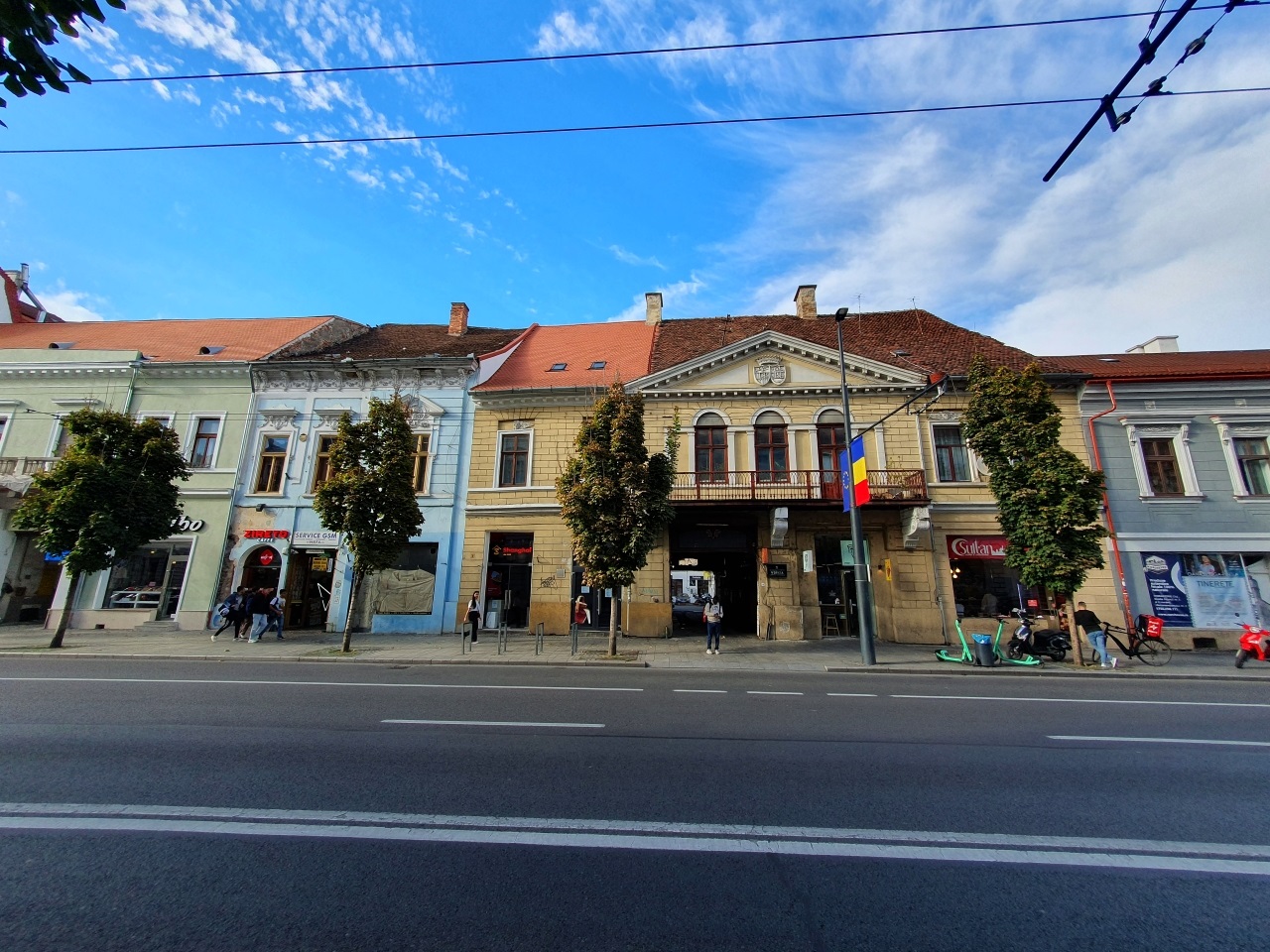
The Franz Liszt House, in the center (the yellow one), actually the Teleki-Mikes Palace.
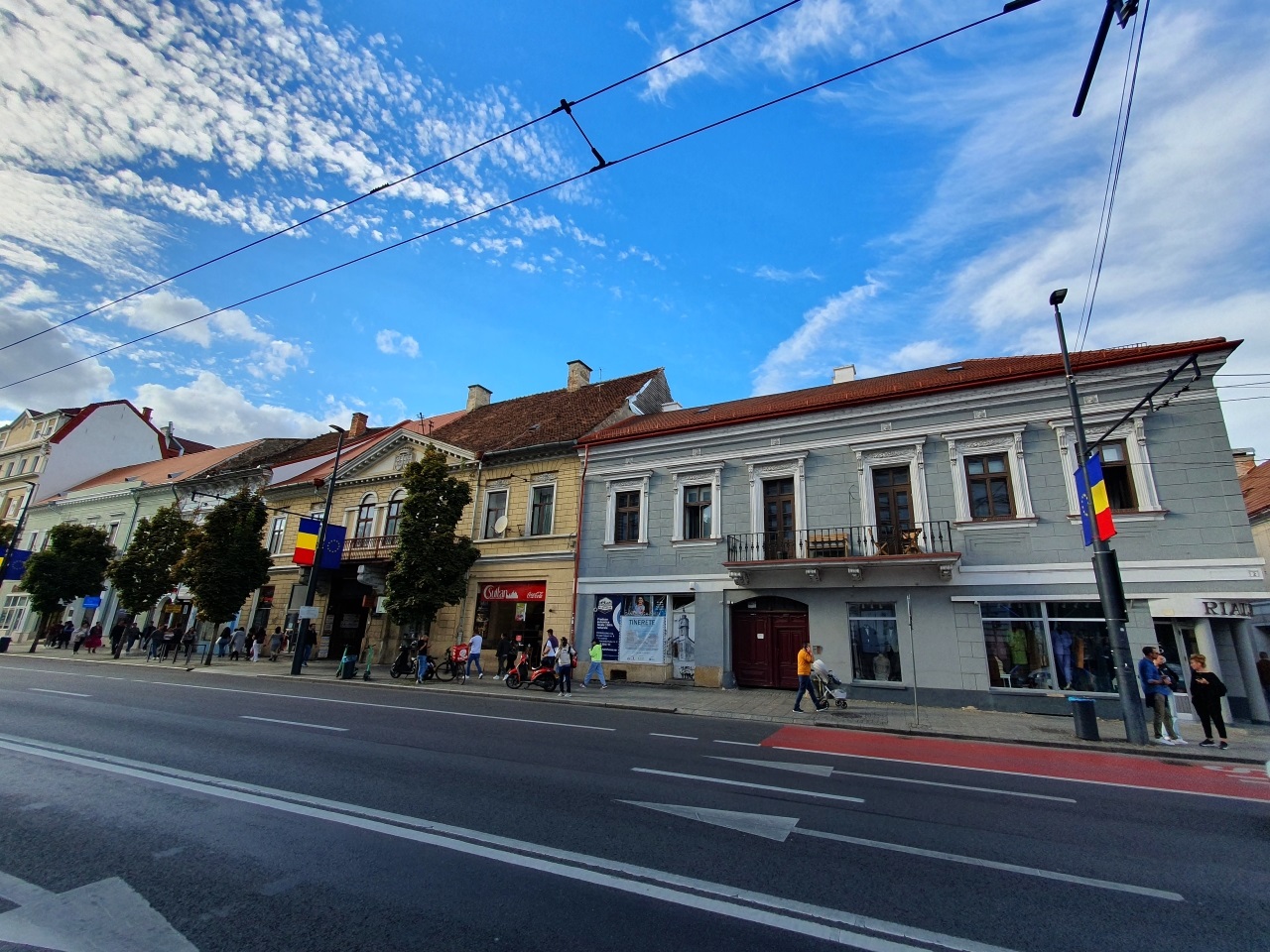
And the last view comes from the Apor House, which forms a corner of the main city square. It is also known informally as the Rialda house (there is a well-known clothes’ shop inside). Built in the 18th century, it was also known as the Korona café.
Cluj-Napoca – Outside the Walls

